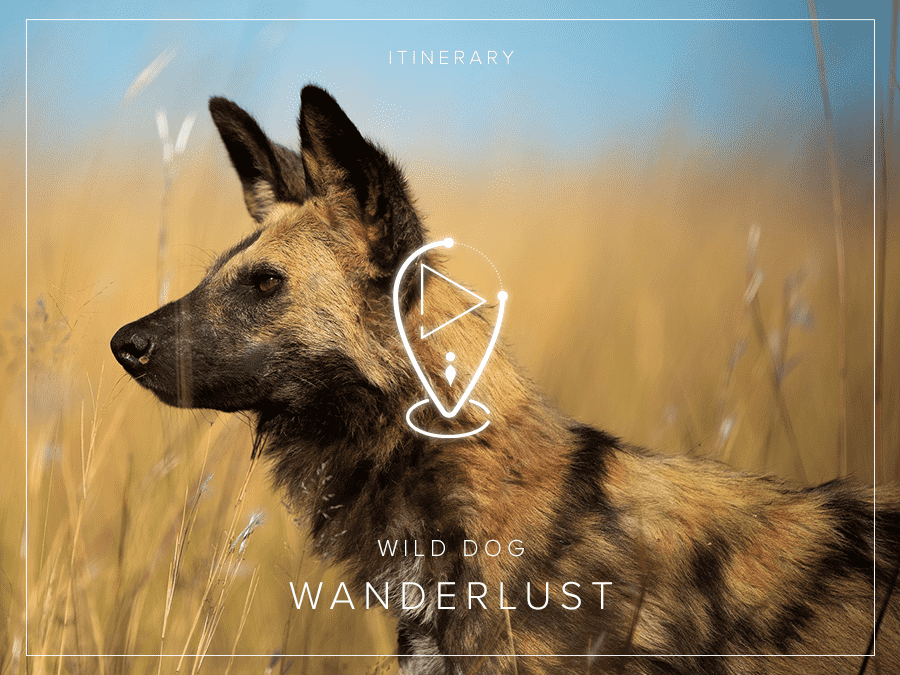The African wild dog is the most persecuted predator on the continent. It is also the most elusive and enigmatic. However, many people are unaware of this special creature’s existence. Here we learn more about these beautiful animals and their continued fight for survival and space in an increasingly fragmented natural environment.
If you want to see these beauitiful painted dogs in the wild here a some of our top camps to visit. You are bound to see these wild dogs at these Wildereness camps.

Fact 1. The African Wild Dog is Also Known as the Painted Dog
The African wild dog is known by many names, including Cape hunting dog, African hunting dog and painted dog. Although it is a member of the Canidae family, it is in fact the last surviving member of a separate genus – Lycaon. Its scientific name, Lycaon pictus means “painted wolf”, which refers to the wild dog’s irregular coat pattern, which features red, black, brown, white, and yellow fur.
In terms of the African wild dog’s physical appearance , each dog has its own unique coat pattern, with long legs, big, rounded ears, and a white-tipped tail, which also helps members of the pack find each other during a hunt. It is not only their coats that make them special. They each have individual characters, distinct skills, and their own idiosyncrasies. All wild dogs share a sense of fun, a gentleness of soul and a co-operative spirit, which makes them one of Africa’s most enigmatic creatures.
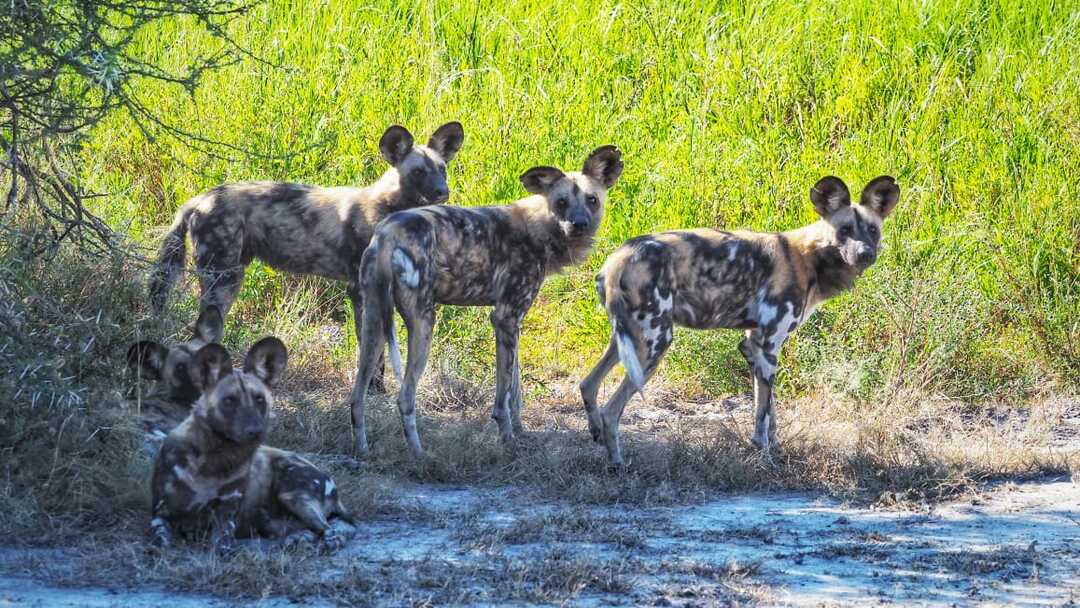
Fact 2. African Wild Dogs Have a Rich & Complex Social Structure
African wild dogs are deeply social and to them, the pack is everything. The wild dog hierarchy means that these packs are usually dominated by a monogamous alpha breeding pair, with the female occupying the top slot. The African wild dog pack size can comprise as few as two, and up to more than 30, painted dogs , but around six is the minimum for a successful hunting and breeding group. In some parks, wild dog packs can occupy a space that spreads well beyond 1 000 square kilometers.
These dogs have strong family bonds and spend most of their time together. Social interactions are common, and the dogs communicate by touch, actions, and vocalisations. Their priority is always to protect their pack; pups get first feed after a kill, ‘aunties’ act as pup-sitters for other mothers, and if a wild dog becomes ill or injured, their pack-mates rally round to care for them. Wild dogs have also been seen mourning lost family members.
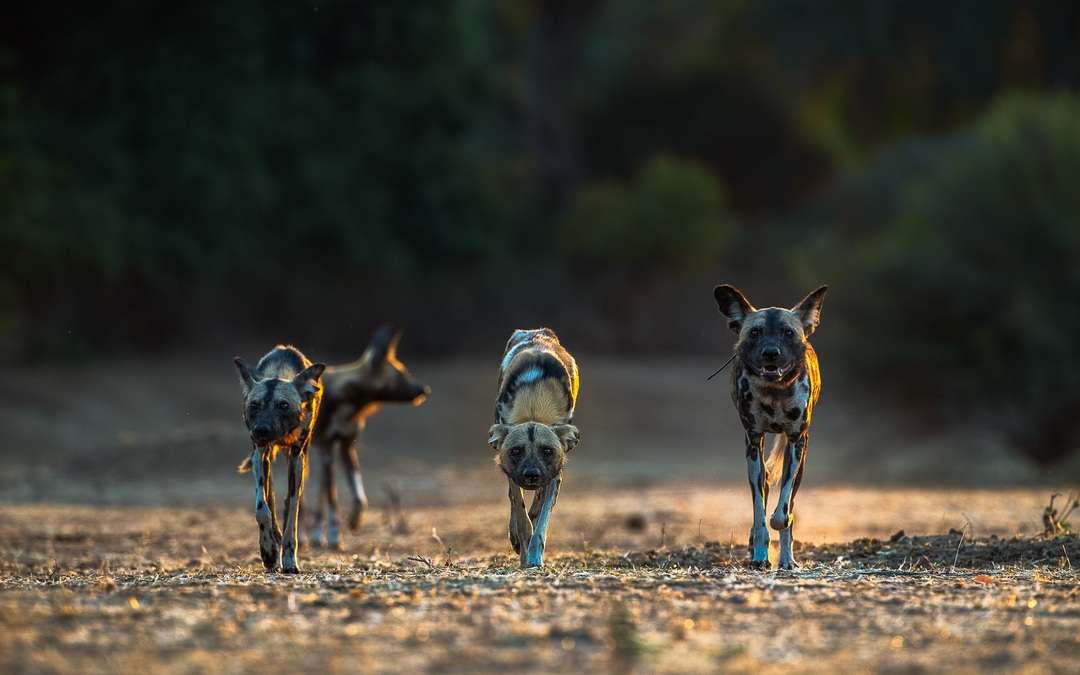
Fact 3. African Wild Dogs Have Strong Communication Skills
The species communicates well, which relates to their strong bonds. African wild dogs make use of thin bird-like calls and a deep haunting hoo…hoo…hoo sound , distinctly different ear positions, and they also change their body posture to communicate with one another.
They rely heavily on their acute sense of hearing, which seems to be more important than their sense of smell. If a pack member gets separated from the group, they can communicate over great distances by ‘hoo-calling’, where they drop their muzzle close to the ground and emit this haunting sound, which can be heard several kilometers away. It also helps that they have large and flexible bat-shaped ears, which gives them a somewhat Mickey Mouse appearance. You will notice that their ears are never still, even when sleeping, all the time detecting the sounds of approaching danger or potential prey.
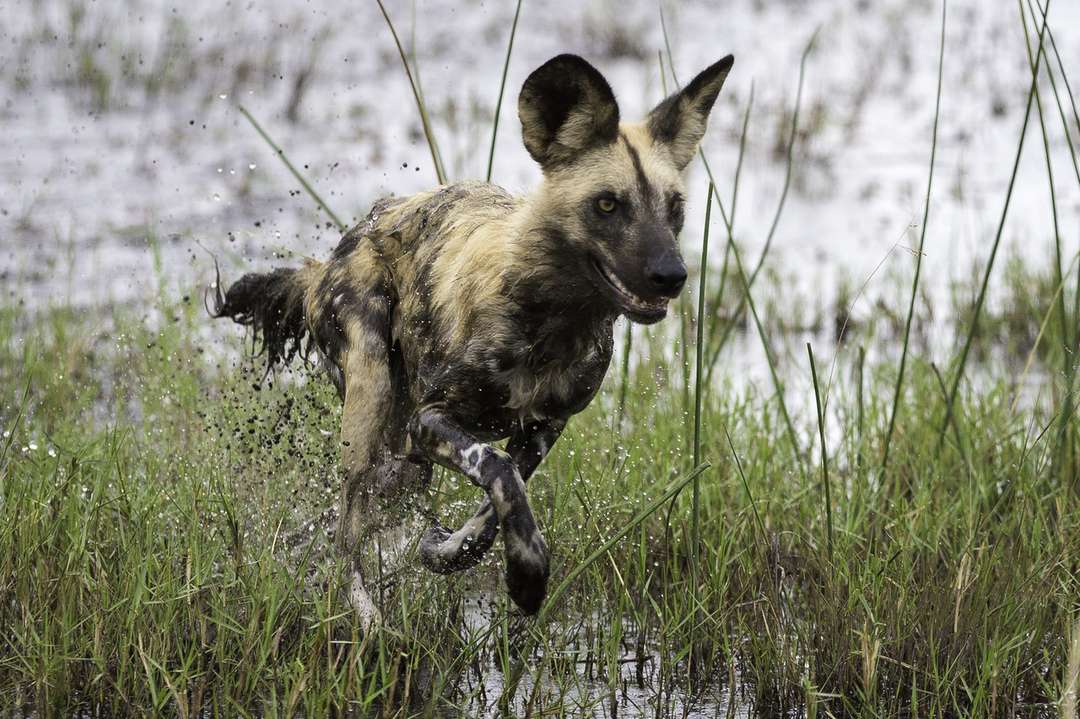
Fact 4. The Alpha Female, Mom to Many
As with the much-loved domestic dog, wild dogs and their puppies are extremely cute . Only the alpha female dog carries a litter – for a gestation period of 69-72 days – producing between 10 or 11 pups of around 310 grams (11 oz.) each. Usually, only one litter is born per year.
The denning period lasts about three months, but African wild dogs will often move to a new den after eight weeks . This may be due to the den becoming smelly, which may attract lion and hyaena. This is also part of the pups’ education, as they get to experience a walk in the big wild world before going permanently nomadic.
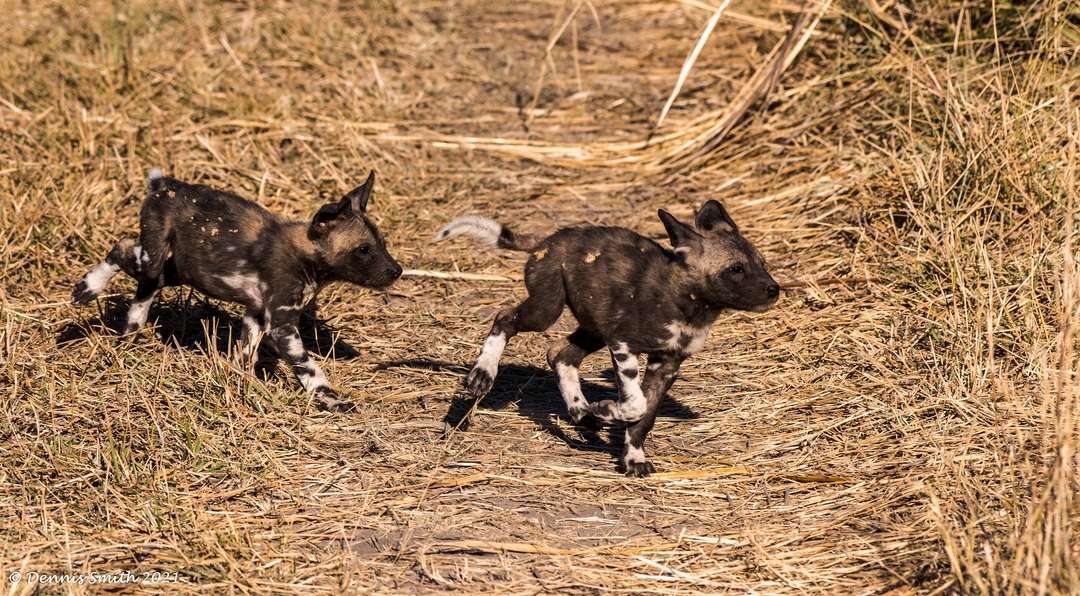
Fact 5. African Wild Dogs are Formidable Hunters, with a Success Rate of Up to 80%
African wild dogs hunt in large, co-operative packs of six to 20 or more animals. An average adult painted dog eats around 4 kg (9 lb.) of carcass per day—the equivalent of around one impala per day for a 15-strong pack.
African wild dogs are among the most effective predators in the world, their hunting technique involving extraordinary co-operation and teamwork to pursue, overhaul and bring down their prey. As a result, up to 80% of their hunts end successfully, compared to, say, lions at 10%.
They hunt swiftly and efficiently and are mostly seen in the morning or at dusk, as well as using the light of the full moon. The pack hunts antelope by sneaking up on the herd and then running down an individual, repeatedly biting it on the legs and belly until it weakens. The wild dog can give chase for 10 to 60 minutes, running at a speed of up to 70 kilometres per hour.
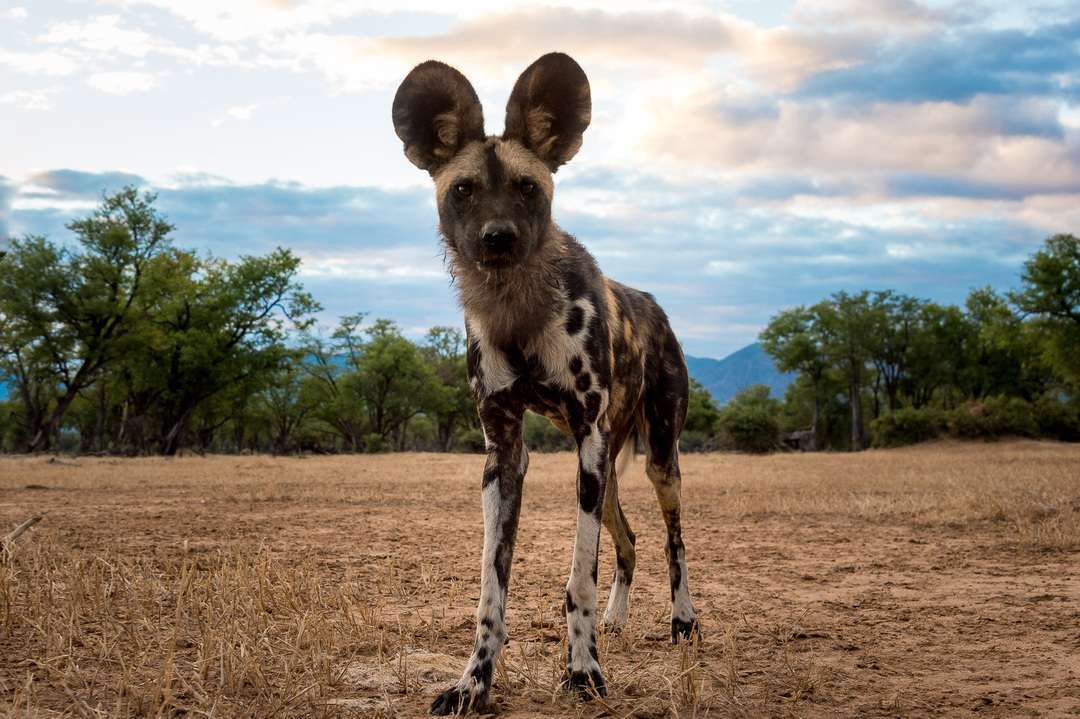
Fact 6. To Hunt or Not to Hunt? African Wild Dog Sneeze Vote
Latest research shows African wild dog packs in Botswana make decisions as a pack, and votes are cast by way of sneezes. Yes, those dogs that wish to participate in the vote do so by sneezing, and just like in company meetings, once a certain number of votes has been reached (sneezes made) the pack will obey the results of the vote and move on. The sneezes act as a type of quorum, and the sneezes must reach a certain threshold before the group changes activity.
Book your Wild Dog Wanderlust itinerary now.

Let’s plan your next journey
Ready?
When we say we’re there every step of the way, we mean it, literally. From planning the perfect circuit, to private inter-camp transfers on Wilderness Air, and easing you through Customs. We’re with you on the ground, at your side, 24-7, from start to finish. Ready to take the road less travelled? Contact our Travel Designers to plan an unforgettable journey.
